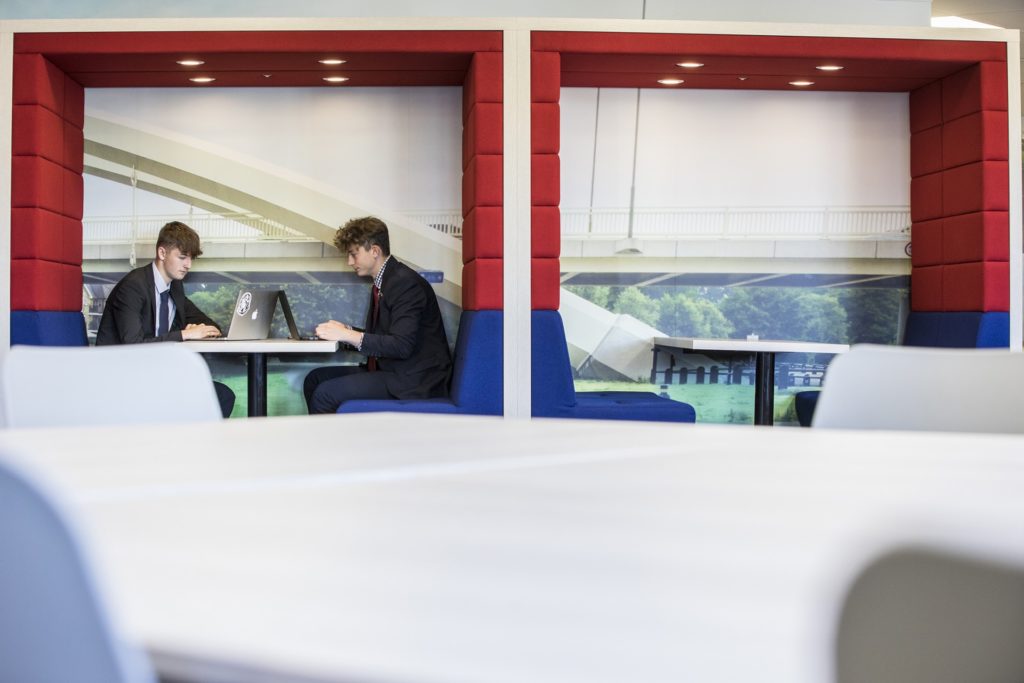Derived from ‘Agent-like’ the social cognitive theory is becoming more widely used in relation to students.
What does Agentic really mean? Albert Bundura who published the Social Cognitive Theory: An Agentic Perspective describes agentic people as self-organising, proactive, self-reflective and self-regulating as times change.
This sits perfectly with the requirements for a modern day student. Today’s society is developing rapidly and the future of our students will hold opportunities so vastly different from the lives of their parents, grand parents and teachers.
Encouraging agentic behaviour can be achieved through the design of the learning environment. Empowering students with choice and a personalised learning environment will encourage them to self-manage and take responsibility for their learning journey.If you’ve got a school refurbishment project you’d like to discuss with us, please get in touch to discuss your requirements.



